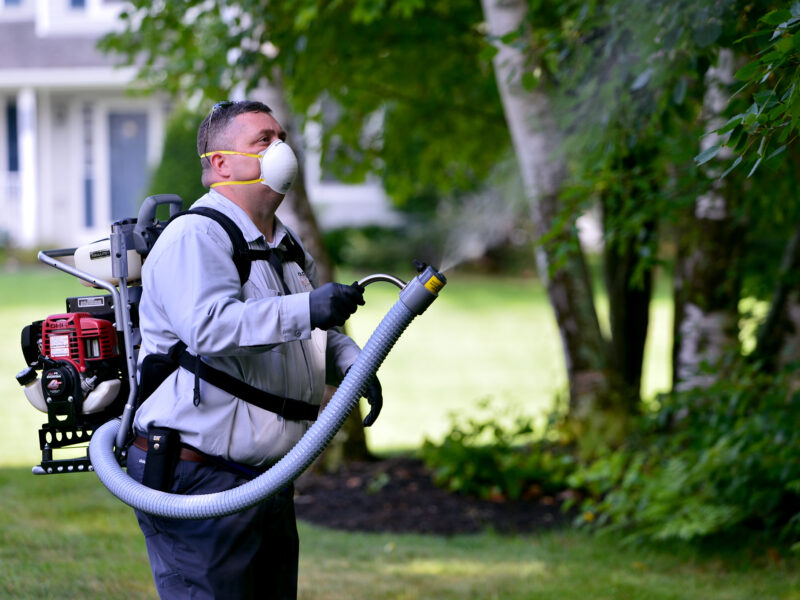
Beyond Pesticides: Embracing Sustainable and Innovative Pest Control Methods
Introduction (50 words): Pest control is a crucial aspect of maintaining a healthy and comfortable living environment. However, traditional pesticide-based approaches often pose risks to human health and the environment. In this article, we explore unique and sustainable pest control methods that prioritize long-term solutions and minimize the use of harmful chemicals.
- Integrated Pest Management (IPM) (100 words): Integrated Pest Management (IPM) is an innovative approach that focuses on preventing and managing pests through a combination of techniques. Rather than relying solely on pesticides, IPM emphasizes proactive measures such as habitat modification, biological control, and cultural practices. By addressing the root causes of pest infestations, IPM reduces the reliance on harmful chemicals, making it an environmentally friendly solution. This holistic approach not only controls pests effectively but also minimizes the risks associated with traditional pest control methods.
- Biological Control (100 words): Biological control is an eco-friendly alternative to chemical pesticides that involves using natural enemies to regulate pest populations. Beneficial organisms, such as predatory insects, parasites, and microorganisms, are introduced into the ecosystem to control pests. This approach promotes natural balances and reduces reliance on synthetic chemicals. Examples of biological control include releasing ladybugs to combat aphids or using nematodes to control soil-borne pests. By harnessing nature’s own mechanisms, biological control offers sustainable and targeted pest management solutions.
- Physical Barriers and Exclusion (100 words): Physical barriers and exclusion techniques provide effective pest control without the need for chemicals. This approach involves sealing off entry points, installing screens, and using netting or fences to prevent pests from accessing desired areas. By denying pests access to food, water, and shelter, their populations can be significantly reduced. Physical barriers are particularly useful for controlling pests like rodents, birds, and insects. Implementing these methods not only protects your property but also ensures a safer living environment for humans and animals.
- Habitat Modification (100 words): Habitat modification involves altering the environment to discourage pests from inhabiting or accessing specific areas. By manipulating conditions such as moisture levels, lighting, and vegetation, it becomes less conducive for pests to thrive. For example, removing standing water can help prevent mosquito breeding, while trimming tree branches can deter rodents from gaining access to buildings. Habitat modification aims to create an inhospitable environment for pests, reducing the need for chemical interventions. This sustainable approach promotes a balanced ecosystem while safeguarding against pest-related issues.
Conclusion (50 words): Sustainable pest control methods offer a safe and effective alternative to traditional pesticide-based approaches. Integrated Pest Management, biological control, physical barriers, and habitat modification prioritize long-term solutions while minimizing harm to human health and the environment. By adopting these innovative methods, we can embrace a greener and more sustainable future without compromising on pest management needs.